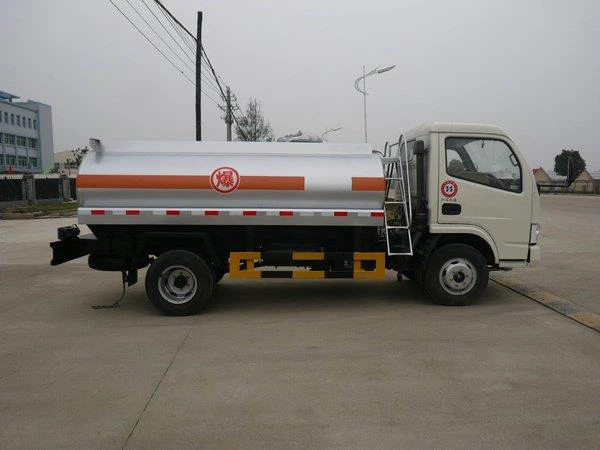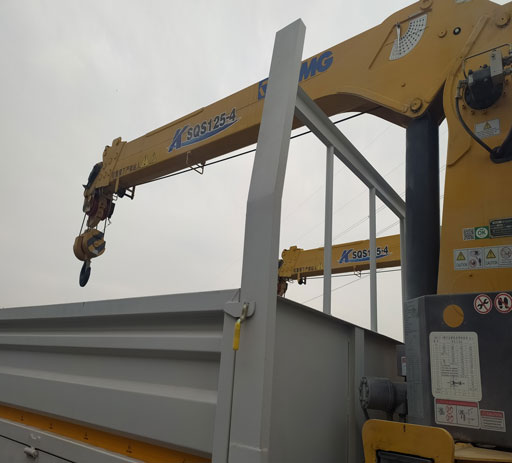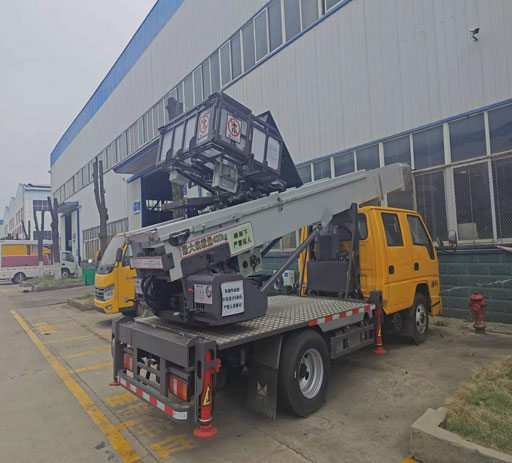Understanding the Fire Truck Cab: Design, Functionality, and Innovations

The fire truck cab serves as the nerve center of firefighting operations, housing critical systems and personnel during emergencies. In this comprehensive article, we will delve into the design, functionality, and innovations concerning fire truck cabs, providing insights that cater to firefighting professionals and enthusiasts alike.
1. What is a Fire Truck Cab?
A fire truck cab is the compartment at the front of a fire truck where the driver and firefighters sit. It’s an essential component of firefighting vehicles, combining functionality with safety features. In this section, we’ll explore the key elements that define a fire truck cab.
1.1 Design Features
Fire truck cabs are designed to accommodate the specific needs of firefighters. Here are some notable design features:
- Space for Personnel: Most cabs can accommodate 4 to 6 firefighters, allowing for rapid response.
- Ergonomics: Seats, controls, and storage are positioned for maximum comfort and efficiency.
- Visibility: Large windows and a low dashboard enhance visibility for the driver.
1.2 Material and Construction
Durable materials such as reinforced steel and aluminum are often used in construction to withstand various emergency conditions. Fire truck cabs are typically designed to meet strict safety standards to protect occupants during operations.
2. Safety Features in Fire Truck Cabs
Occupant safety is paramount in fire truck cabs. In this section, we will discuss the critical safety features incorporated into their design.
2.1 Roll Cages
Many fire truck cabs are equipped with roll cages that provide additional protection to occupants in case of an overturn accident. These roll cages are made from high-strength materials, designed to absorb impact.
2.2 Seatbelts and Harnesses
Firefighters are often required to wear seatbelts or harnesses while the truck is in motion. Advanced restraint systems are installed to ensure safety during rapid maneuvers.
2.3 Airbags
Some modern fire truck cabs come equipped with airbags that deploy upon collision, providing an extra layer of protection for drivers and passengers.
3. Technology Integration in Fire Truck Cabs
The integration of technology into fire truck cabs has significantly enhanced operational efficiency. In this section, we will explore some of the innovative technologies currently utilized.
3.1 Communication Systems
Fire truck cabs often include state-of-the-art communication systems that connect firefighters to their command center, other emergency units, and mobile data terminals (MDTs).
3.2 Navigation and Mapping Technology
Modern fire trucks are equipped with GPS and mapping software to assist drivers in locating incidents quickly and efficiently. This technology minimizes response time during emergencies.
3.3 Digital Monitoring Systems
Digital displays that monitor vehicle performance, fuel levels, and equipment status are standard in many fire truck cabs. These systems ensure optimal functionality during operations.
4. Fire Truck Cab Configurations
Fire truck cabs come in various configurations tailored to different firefighting needs. This section examines the most common cab configurations.
4.1 Conventional Cabs
These are traditional designs that offer straightforward functionality. They are typically separated from the firefighting equipment in the rear.
4.2 Custom Cabs
Some fire departments opt for custom designs, tailored based on specific requirements and preferences. These cabs might include enhanced features not found in conventional models.
4.3 Rescue Cabs
Designed for rescue operations, these cabs often provide more space for equipment and specialized seating arrangements to accommodate rescue personnel.
5. Maintenance Considerations for Fire Truck Cabs

Routine maintenance of fire truck cabs is vital to ensuring safety and operational reliability. In this section, we present best practices for maintaining these critical components.
5.1 Regular Inspections
Conducting regular inspections to check for wear and tear is essential. Key areas to focus on include seat belts, harness systems, and communication devices.
5.2 Cleaning and Sanitization
Fire truck cabs should be cleaned frequently to maintain hygiene, especially considering the harsh environments they often operate in.
5.3 Documentation of Maintenance
Keeping a detailed log of all maintenance activities helps in identifying recurring issues and planning future inspections more efficiently.
6. Cost Factors in Fire Truck Cab Construction
Understanding the financial aspects of fire truck cab construction is essential for budgeting and procurement. This section will explore the major cost factors involved.
6.1 Material Costs
The choice of materials significantly influences costs. Reinforced steel and advanced composites can raise overall expenses.
6.2 Customization Costs

Customization often adds to the price. Departments may need to balance between standard models and tailor-made cabs based on specific needs.
6.3 Technological Upgrades
Incorporating advanced technology can also increase costs. While these investments improve efficiency and safety, departments should assess their budget constraints before proceeding.
7. Evolution of Fire Truck Cab Designs
Fire truck cab designs have evolved over the years, adapting to changes in firefighting techniques and technology. This section will outline the historical progression of cab designs.
7.1 Early Designs
Beginnings of fire truck designs included basic horse-drawn models. The cab was primarily a seat for the driver and little else.
7.2 The Motorization Era
With the advent of motorized fire trucks, the cab began to incorporate more advanced controls and storage options.
7.3 Modern Innovations
Today, we see smart technology integration, increased safety features, and customizable options that address specific firefighting needs.
8. Training for Fire Truck Cab Operations
Proper training is essential for firefighters operating vehicles. This section focuses on the importance of cab-specific training.
8.1 Driver Training Programs
Firefighters must undergo thorough training programs to learn how to handle fire trucks safely and efficiently.
8.2 Emergency Response Drills
Regular drills ensure that firefighters are proficient in using the cab’s features during emergencies, so they respond effectively under pressure.
8.3 Continuous Education
Organizations should foster a culture of continuous education to keep personnel updated on new technologies and operational procedures.
9. Fire Truck Cab Regulations and Standards
Fire truck cabs must comply with various regulations and standards that ensure safety and effectiveness. This section will cover the significant regulations affecting cab design and operation.
9.1 NFPA Guidelines
The National Fire Protection Association (NFPA) publishes guidelines regarding fire apparatus design, including cab specifics, that all manufacturers must adhere to.
9.2 State Regulations
Various states have their regulations that can influence fire truck cab design requirements, particularly concerning safety and operational capabilities.
9.3 Industry Standards
To ensure quality and safety, many fire truck manufacturers adhere to industry standards set forth by relevant agencies, including crash safety certifications and performance tests.
10. Future Trends in Fire Truck Cab Development
The fire truck cab is poised for future innovations driven by advancing technology and shifting operational needs in firefighting. In this section, we explore some anticipated trends.
10.1 Electric and Hybrid Models
With the rise of electric vehicles, fire departments are beginning to explore electric and hybrid fire trucks, which may influence cab design to accommodate battery systems and charging options.
10.2 Automation and Autonomy
Future fire truck cabs may integrate automated driving features, allowing for safer navigation, especially in high-stress situations.
10.3 Enhanced Connectivity
The trend towards greater connectivity through IoT (Internet of Things) will likely lead to more advanced telematics and real-time data-sharing capabilities in fire truck cabs.
FAQ Section
What is the typical seating capacity in a fire truck cab?
Most fire truck cabs can comfortably seat between 4 to 6 firefighters, including the driver.
Are fire truck cabs designed for safety?

Yes, fire truck cabs are equipped with various safety features, including roll cages, seatbelts, and airbags, to protect occupants during emergencies.
What technologies are commonly integrated into fire truck cabs?
Common technologies include GPS navigation, communication systems, and digital monitoring systems that enhance operational efficiency and safety.
How often should fire truck cabs be inspected?
Regular inspections should be conducted at least once every quarter or more frequently based on usage to ensure all safety features and equipment are functioning properly.
What are some cost factors in fire truck cab construction?
Cost factors include material expenses, customization options, and the incorporation of advanced technology. It’s important for departments to budget accordingly.
What are current trends in fire truck cab development?
Current trends include the development of electric and hybrid models, automated features, and enhanced connectivity for better operational efficiency.
